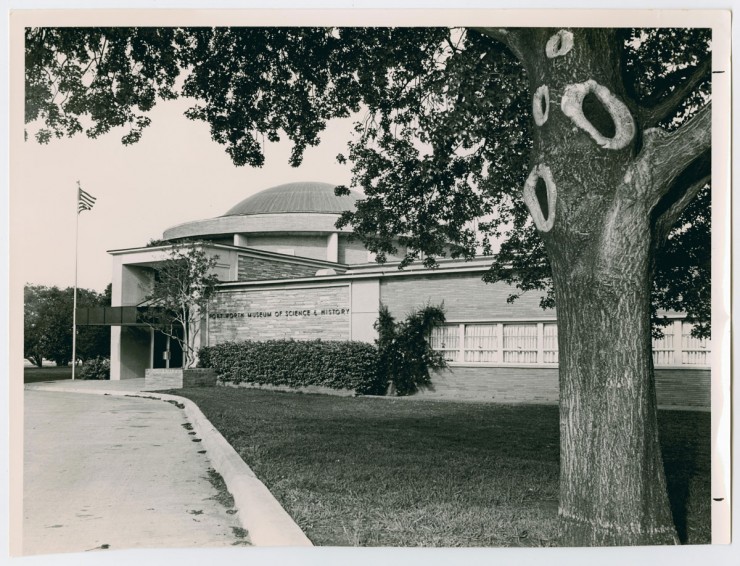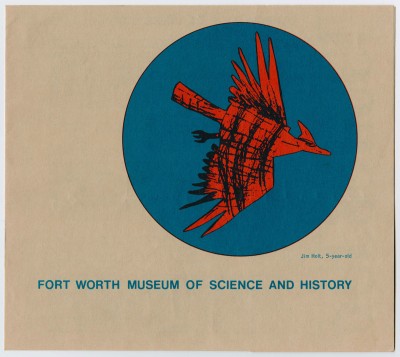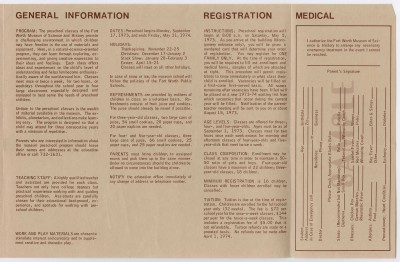In 1945, two rooms at De Zavala Elementary School in the Fairmount neighborhood of Fort Worth welcomed the collections of the Fort Worth Children’s Museum. Although the museum had been established in 1939 by the local council of the League of Administrative Women in Education, these two classrooms were the institution’s very first home.
Two years later, the museum moved into a larger space on Summit Avenue: the R. E. Harding House. The museum flourished at this location, and the The Ladies Auxiliary of the Fort Worth Children’s Museum (now the Museum Guild) and the “Frisky and Blossom Club,” which was the predecessor of the renowned Museum School. The institution saw so much success that much more space was needed if it wanted to keep up with demand: in 1952, ground broke at the museum’s current location on Montgomery Street.
The first public planetarium in the region, the Charlie Mary Noble Planetarium, opened in 1954. To learn more about Charlie Mary Noble, who was named the First Lady of Fort Worth in 1954, visit the museum’s dedication page to her here. In an effort to attract more adults, the museum changed its name to the Fort Worth Museum of Science and History in 1968. More than half of the museum’s patrons are adults today. The OMNI theater is one of the museum’s biggest attractions, controlled by 50 speakers and 8 amplifiers that produce over 24,000 watts. Permanent exhibits included the History of Medicine, Your Body, IBM Calculators and Computers, Rocks and Fossils, Texas History, and Man and His Possessions until the 2000’s, when the museum began to host a series of travelling interactive exhibits.
Education is at the backbone of the Museum of Science and History. Classes for preschoolers, elementary age children, and homeschool children are offered year-round, and have been a part of the museum’s services since its early years. Today, the institution provides over 200,000 hours of education in areas of science and social studies to Texas students each year. A brochure for the 1973-1974 museum school year is pictured.
In 2006, plans were launched for a new museum building that connects the museum more closely with its neighbors in the cultural district: the Will Rogers Memorial Center and National Cowgirl Museum and Hall of Fame. In 2009, Fort Worth welcomed the new Fort Worth Museum of Science and History, contributing to 500,000 visitors annually.
Much more information about the Fort Worth Museum of Science and History, as well as other institutions in the cultural center of the city, can be found in the Lester Strother Texas Metro Magazine collection at UNT’s Special Collections. The Texas Metro was largely founded to publicize the Dallas-Fort Worth Airport and the many economic opportunities in the Southwest Metroplex. The collection includes 183 linear feet of articles and photographs from the magazine, as well as other grey literature.







Leave a Reply